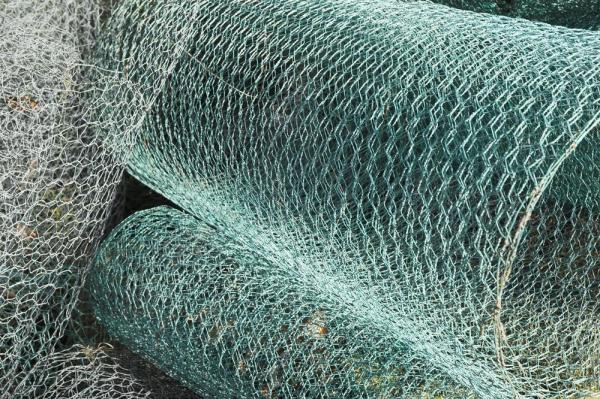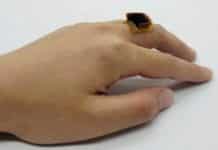
CHICAGO, June 14 (UPI) — Scientists have created a new bendable, stretchable nanomaterial ideal for use in wearable electronics and other smart materials.
The nanomaterial is a thin film made by turning a tangled web of nanofiber into a solid substrate via a process called electroplating. In addition to being bendable and stretchable, the film is also transparent and highly conductive.
The material is the product of collaboration among scientists from the University of Illinois at Chicago and Korea University. Researchers described the novel film in the journal Advanced Materials.
Though wearable electronics may be its more exciting application, the “self-junctioned copper nano-chicken wire” could also be used to make roll-up touch-screen displays and flexible solar cells.
“It’s important, but difficult, to make materials that are both transparent and conductive,” Alexander Yarin, a professor of mechanical engineering at UIC, explained in a news release.
Scientists have previously created smart skin materials, but the new film’s electrical resistance is at least ten times lower than the next most conductive stretchable nanomaterial. Testing proved the nanomaterial’s electronic qualities are retained after heavy stretching and bending.
Researcher created the “nano-chicken wire” by electrospinning a mat of tiny fibers called polyacrylonitrile. The tiny fiber is spooled onto a substrate and coils upon itself, forming an intricate mat. The wire web is then spatter-coated with a metal alloy and plated with copper.
“We can then take the metal-plated fibers and transfer to any surface — the skin of the hand, a leaf, or glass,” Yarin added.
And because most of the film is made of holes, it’s transparent.





